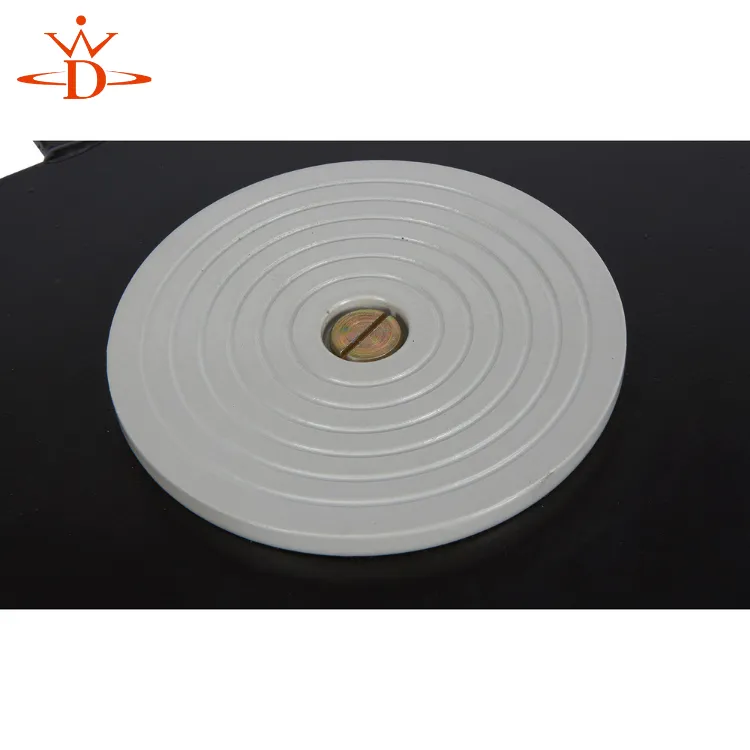Powerful Lifting Solutions Using Industrial Magnets for Efficient Material Handling
Industrial Magnets for Lifting Transforming Material Handling
In the modern industrial landscape, efficiency and safety are paramount, particularly when it comes to the transportation and handling of heavy materials. One of the most effective tools that have emerged for this purpose is industrial magnets for lifting. These powerful devices are designed to streamline operations, reduce labor costs, and enhance safety in various industries, including construction, manufacturing, and recycling.
How Do Industrial Lifting Magnets Work?
Industrial lifting magnets operate on the principle of electromagnetism. When an electric current flows through the coil of wire, it generates a magnetic field that can attract ferromagnetic materials, such as steel. This versatility allows lifting magnets to be used for a range of applications, from transporting steel plates to maneuvering heavy machinery.
There are two main types of industrial lifting magnets permanent magnets and electromagnets. Permanent magnets retain their magnetic properties without any external power supply, making them ideal for simpler lifting tasks or scenarios where continuous power may not be available. On the other hand, electromagnets provide greater control and can be turned on or off as needed, allowing for more versatile and efficient operations. This functionality is particularly advantageous in environments where the materials to be lifted vary in size and weight.
Benefits of Using Lifting Magnets
1. Increased Efficiency Magnets can lift multiple items simultaneously, reducing the time and effort required for material handling. Traditional methods often involve cranes or slings, which can be slower and require more manpower. Magnets allow for a quick and secure lift, making operations significantly more efficient.
industrial magnets for lifting

2. Enhanced Safety Lifting heavy items always presents a risk of accidents. Using industrial magnets minimizes human intervention and the potential for injury. Furthermore, because magnets create a secure hold on the material, the risk of dropping loads is greatly reduced, contributing to a safer work environment.
3. Reduced Labor Costs By automating the lifting process, companies can decrease the number of personnel required for material handling tasks. This not only cuts down labor costs but also streamlines logistics, allowing workers to focus on more skilled tasks rather than manual lifting and transporting of materials.
4. Versatility Industrial lifting magnets can be used across a variety of sectors. They are effective in steel mills for moving plates and coils, in warehouses for handling shipments, and in scrapyards for sorting and lifting metal scrap. Their adaptability makes them an essential tool for any operation dealing with heavy ferromagnetic materials.
Considerations for Implementation
While industrial lifting magnets offer numerous advantages, several factors must be considered when selecting the appropriate type for a specific application. The weight and size of the materials to be lifted, the environment in which the magnets will be used, and safety guidelines are crucial considerations. Additionally, it's important to ensure that the magnet’s lifting capacity is sufficient for the intended use; this will involve consulting manufacturer specifications and possibly conducting load tests.
Conclusion
Industrial magnets for lifting are revolutionizing how we handle heavy materials in various industries. Their ability to enhance safety, improve efficiency, and cut costs makes them an invaluable asset in the workforce. As technology continues to advance, the design and functionality of these magnets are likely to evolve further, making them even more powerful and adaptable to meet the growing demands of modern industry. Embracing this technology not only contributes to operational success but also ensures a safer work environment for all involved.
-
Unlock Seamless Relocation with Our Heavy Equipment Moving ExpertiseNewsJun.06,2025
-
Unleash Unrivaled Flexibility with Our Adjustable Gantry CraneNewsJun.06,2025
-
Unleash Heavy-Duty Efficiency with Our Industrial Gantry Crane SolutionsNewsJun.06,2025
-
Revolutionize Steel Handling with Our Magnetic Lifter RangeNewsJun.06,2025
-
Master Equipment Mobility with Premium Machinery Mover SolutionsNewsJun.06,2025
-
Elevate Your Material Handling with Magnetic Lifter TechnologyNewsJun.06,2025
-
YS Permanent Lifting Magnets: The Smarter Way to Handle SteelNewsMay.22,2025
